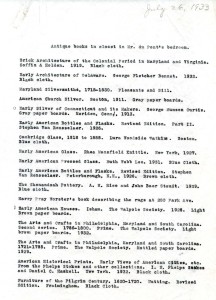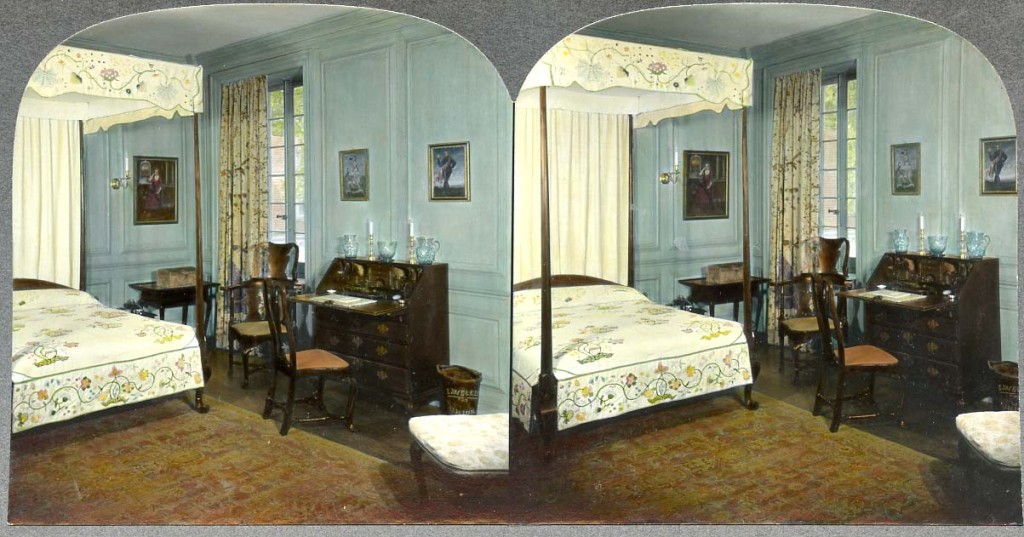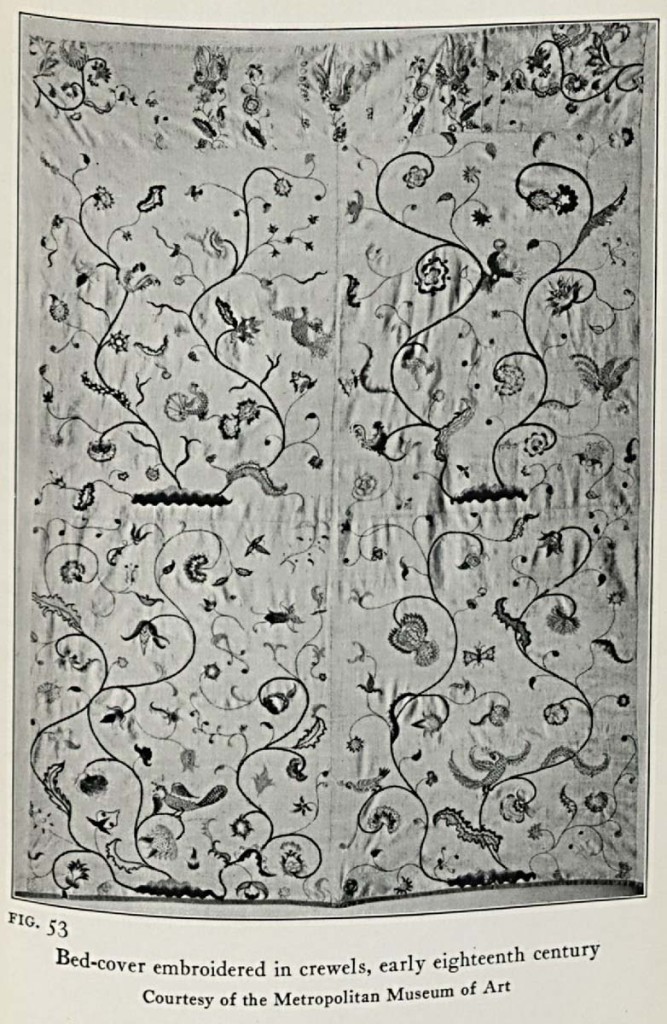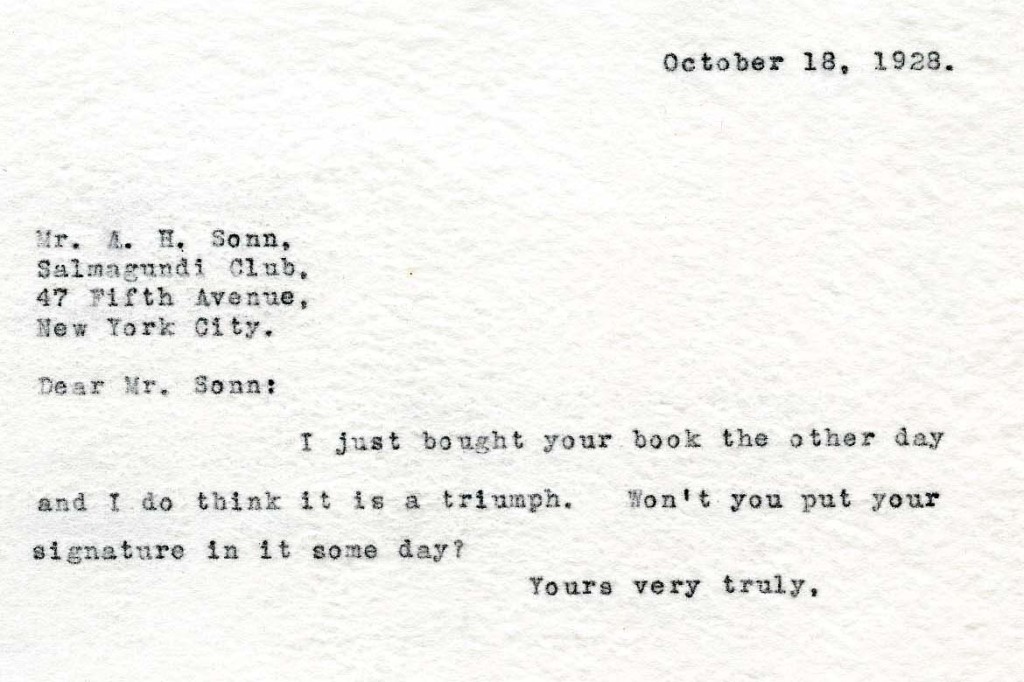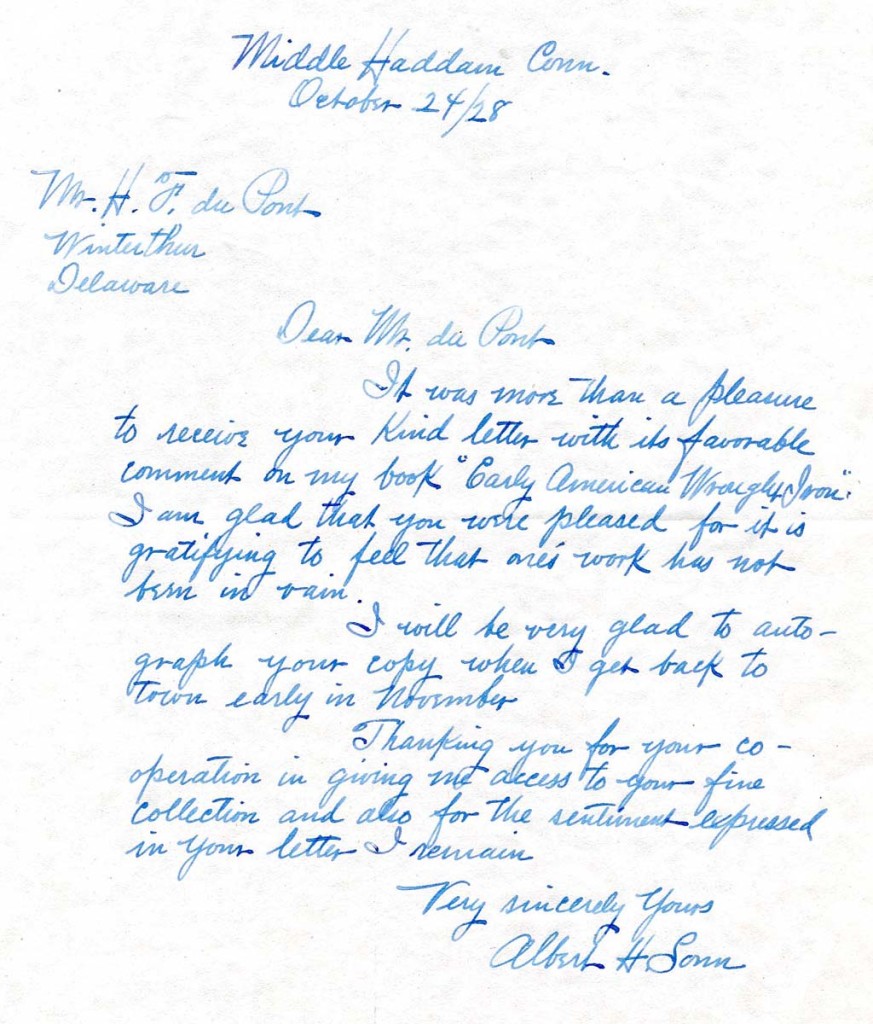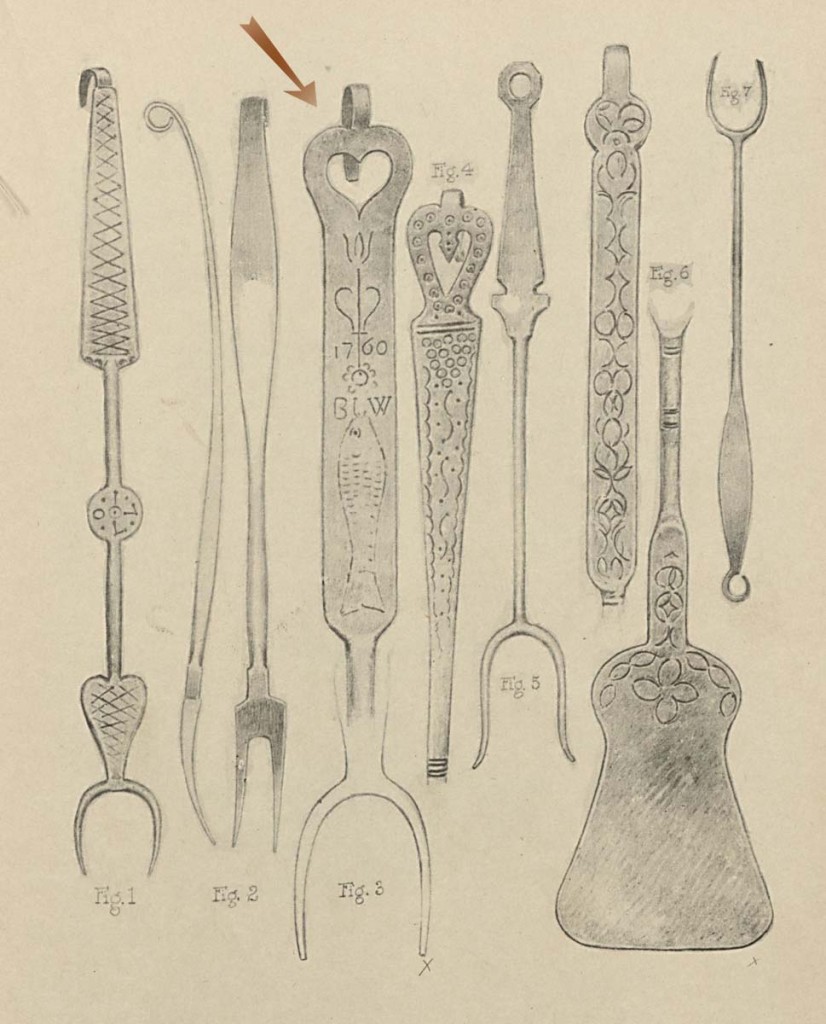The Influence of Scholars
During H. F. du Pont’s lifetime, many scholars and collectors corresponded with him, visited Winterthur, included examples from his collections in their publications. Du Pont valued their insights and encouraged them to autograph his copies of their publications.
This 1933 book list reveals that the closets of H. F. du Pont’s bedroom and study were always piled with the most current reference books. The list suggests the breadth of his interests during his most active collecting period. Books helped to document the antiques already at Winterthur and to suggest new acquisitions that could enhance the scope and artistic quality of du Pont’s collection. Most of the volumes on this list are now part of Winterthur Library.
List of Antique books in closet in Mr. du Pont’s bedroom
Winterthur, Delaware; 1933
Typescript
HF507 Winterthur Archives
[See full list.]
Important books from this list, relied upon by H. F. du Pont when furnishing his House Rooms, include:
- Early American Glass (Rhea Mansfield Knittle. Century Co., New York, NY 1927)
- Shenandoah Pottery (A. H. Rice and John Baer Stoudt. Shenandoah Publishing House, Strasburg, VA, 1929)
- Furniture Treasury vols. I and II (Wallace Nutting, Old America Co., Framingham, MA, 1928-1933)
- Early American Textiles (Frances Little. Century Co., New York, NY, 1931)
- Quilts: Their story and how to make them (Marie D. Webster. Doubleday, Page & Co., Garden City, New York, 1926)
- Historic Wallpapers (Nancy McClelland. J.B. Lippincott Co., Philadelphia, PA, 1924)
Among the historic textiles that H. F. du Pont purchased are these extremely rare polychrome curtains, which hung in his bedroom. The embroidered panels were made to imitate the painted Indian cottons first exported to England in the 1600s. Du Pont relied on publications such as Frances Little’s Early American Textiles to document the origin, function, and significance of these important curtains. Little’s pioneering work on textile manufacturing and history has remained an important reference to this day.
Penn Room (former name of H. F. du Pont’s bedroom)
Photographed by Robert Brost
Winterthur, Delaware; 1935
Colored stereopticon
P20B Winterthur Archives
Window hanging from H. F. du Pont’s Bedroom
England; 1725–77
Wool and silk crewel on linen
1952.0355.002A, G Bequest of Henry Francis du Pont
Early American Textiles
By Frances Little, published by Century Company
New York, New York; 1931
NK8812 L77 Printed Book and Periodical Collection
Like many scholars, Albert H. Sonn visited Winterthur, corresponded with H. F. du Pont, and included examples from Winterthur in his publication. In his three-volume work, Sonn compiled a comprehensive survey of examples that provides a foundation for classifying and dating early wrought-iron artifacts. As an enthusiastic collector of early wrought iron, du Pont valued Sonn’s insights as well as the autographed copy of his work.
Letter to A. H. Sonn
From H. F. du Pont
October 18, 1928
Typescript
AD55 Winterthur Archives
Letter to H. F. du Pont
From Albert H. Sonn
October 24, 1928
Ink
AD55 Winterthur Archives
Early American Wrought Iron
By Albert H. Sonn, published by Charles Scribner’s Sons
New York, New York; 1928
NK8212 S69* Printed Book and Periodical Collection
Fork
Probably Pennsylvania; 1760
Wrought iron
1965.2479 Bequest of Henry Francis du Pont
This wrought-iron fork illustrated by Albert Sonn in his book was probably made in Pennsylvania and presented as a wedding gift. It is notable because of the inscribed date, the fine workmanship, and the heart and tulip design typical of Pennsylvania German craftsmen. Sonn’s illustration documents the relationship of this fork to other kitchen utensils of similar date and origin.
Related Themes:

